Slavic languages and (generative) phonology
Setting the scene
What counts as phonology?
- Distributions
- Allophonic alternations
- Neutralizing alternations
- Morphophonology
Distributions and allophony: Bulgarian vowels
| Phoneme | Stressed | Unstressed | Alternation |
|---|---|---|---|
| /a/ | ˈɡlaven ‘main’ | ɡlɐˈva ‘head’ | [a] ~ [ɐ] |
| /ɛ/ | ˈvrɛme ‘time.SG’ | vremeˈna ‘time.PL’ | [ɛ] ~ [e] |
| /ɔ/ | ˈkɔsəm ‘hair’ | kosˈmat ‘hairy’ | [ɔ] ~ [o] |
| /i/ | ˈtip ‘type’ | tiˈpɤt ‘type.DEF’ | [i] |
| /u/ | ˈkupʲə ‘buy.PRS.1SG’ | kuˈpuvɐm ‘buy.IPFV.PRS.1SG’ | [u] |
| /ə/ | ˈɫɤk ‘bow’ | ləˈkɤt ‘bow.DEF’ | [ɤ] ~ [ə] |
Neutralizing alternations: Bulgarian soft consonants
| Following vowel | Hard | Soft |
|---|---|---|
| [a] | baɫ ‘ball’ | bʲaɫ ‘white’ |
| [ɤ] | ɡlɐˈsɤt ‘voice.DEF’ | ɡlɐˈsʲɤt ‘read.PRS.3PL’ |
| [u] | kup ‘pile’ | kʲup ‘cauldron’ |
| [ɔ] | poˈzɔr ‘shame’ | poˈzʲɔr ‘poseur’ |
Word-finally, only hard consonants are allowed. Many lexical items alternate accordingly.
| Word-final | Prevocalic | Gloss |
|---|---|---|
| sɤn | səˈnʲɤt | ‘dream’ |
| kɔn | ˈkɔnʲət | ‘horse’ |
| kraɫ | ˈkralʲət | ‘king’ |
| vaɫ | ˈvaɫət | ‘rampart’ |
| zvɤn | zvəˈnɤt | ‘peal’ |
| trɔn | ˈtrɔnət | ‘throne’ |
Morphophonological alternations: Bulgarian palatalization
| Contrast | Neutralization | Gloss |
|---|---|---|
| bʲaɫa | bɛli | ‘white.FEM.SG ~ PL’ |
| banʲa | bani | ‘bath.SG ~ PL’ |
| nʲama | nemi | ‘mute FEM.SG ~ PL’ |
| zɛmʲa | zɛmi | ‘earth.SG ~ PL’ |
Velar consonants neutralize to soft in the same context, with alternations.
| Hard | Soft | Gloss |
|---|---|---|
| dəˈɡa | dəˈɡʲi | ‘arc’ |
| ˈbitka | ˈbitkʲi | ‘battle’ |
| ˈɔrex | ˈɔrexʲi | ‘walnut’ |
But other [i ɛ] suffixes do different things.
| Hard | Palatalization I | Palatalization II |
|---|---|---|
| vɤɫk ‘wolf’ | ˈvɤɫt͡si ‘PL’ | ˈvɤɫt͡ʃi ‘ADJ’ |
| ˈpɔdviɡət ‘feat.DEF’ | ˈpɔdvizi ‘PL’ | podˈviʒen ‘movable’ |
| siroˈmax ‘pauper’ | siroˈmasi ‘PL’ | siromɐˈʃija ‘poverty’ |
Slavic phonology and phonological theory
The beginnings: The Kazan School
- Credited with developing the phoneme
- Strong focus on alternations
- Polish and Russian front and centre
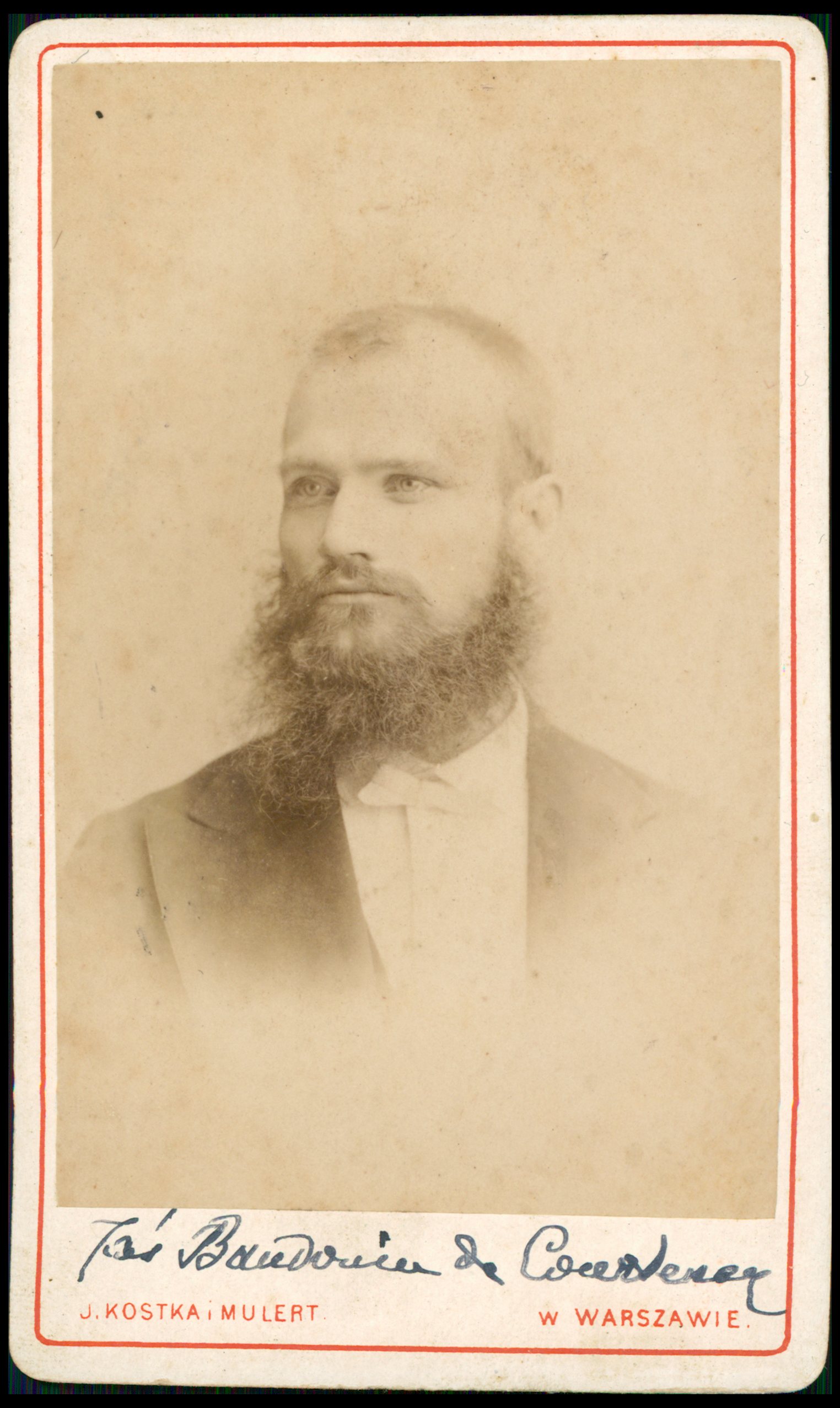
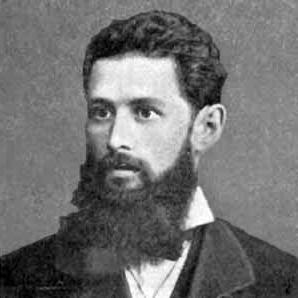
The St Petersburg (Leningrad) School
- The phoneme as the minimal unit of lexical contrast
- Slavic background (wrote his thesis on a Sorbian dialect), focus on Russian
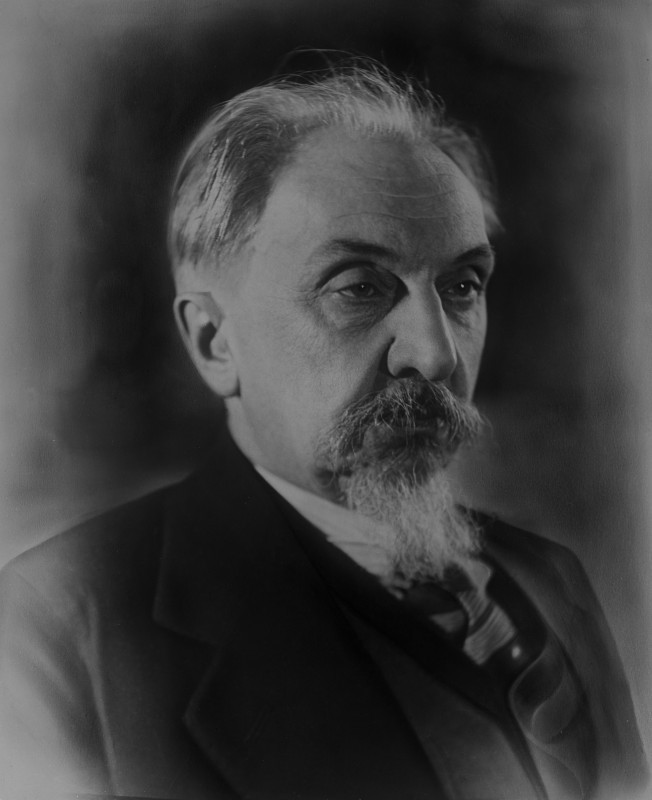
Moscow to Prague: Nikolai Trubetzkoy
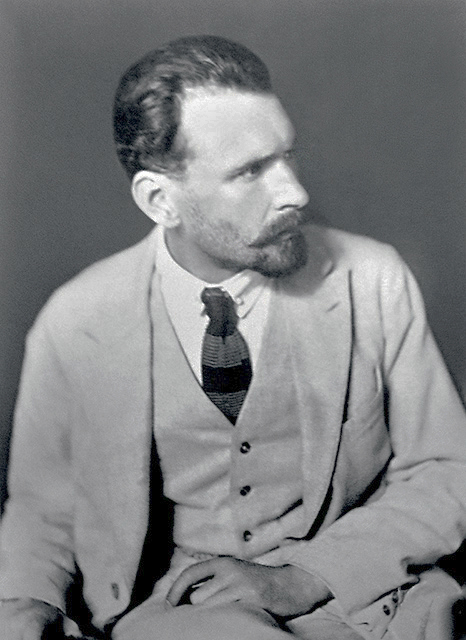
Nikolai Trubetzkoy
- Fully developed structuralist phonological theory
- Long-standing focus on Russian and Slavic more broadly
- Strict separation of phonological neutralization and historic alternations
Moscow to Prague to Harvard: Roman Jakobson
- Close collaborator of Trubetzkoy
- Early influential work on Slavic within the Prague mould
- After the war: shift away from analysing relationships within individual systems
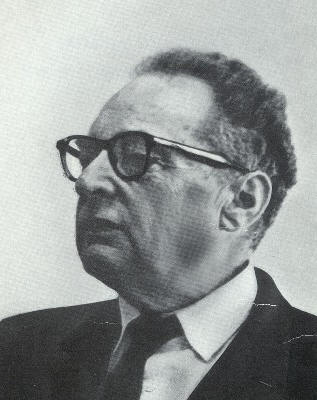
The Russian conjugation moment
| Infinitive stem | Present-tense stem | ||||
|---|---|---|---|---|---|
| Infinitive | plaka-t’ | Present tense | 1SG | plač-u | |
| Past tense | SG.M | plaka-l | 2SG | plač-e-š | |
| SG.F | plaka-l-a | 3SG | plač-e-t | ||
| SG.N | plaka-l-o | 1PL | plač-e-m | ||
| PL | plaka-l-i | 2PL | plač-e-te | ||
| Past participle | plaka-vš- | 3PL | plač-ut | ||
| (za)plaka-nn- | Imperative | 2SG | plač | ||
| Present participle | plač-ušč- | ||||
All forms are derived from a single stem by applying a sequence of rewrite rules, notably deletion of a vowel before a vowel and deletion of a consonant before a consonant.
| Verb | Infinitive stem | Present-tense stem |
|---|---|---|
| ‘cry’ | plaka-ti → plakat | plak |
| ‘do’ | dela |
delaj-u → delaju |
| ‘carry’ | nes-ti → nesti | nes-u → nesu |
Riga to Harvard to MIT: Morris Halle
- Another émigré from Eastern Europe (in this case Latvia), Jakobson’s pupil
- Earliest work developing the ‘new’ Jakobsonian approach
- One half of Chomsky & Halle (1968)

Slavic conjugation
| Verb | Stem | Infinitive | PRS.1SG | AOR.3SG |
|---|---|---|---|---|
| ‘cut’ | rěza- | rěza-ti | rěž |
rěza- |
| ‘know’ | znaj- | zna |
znaj-ǫ | zna |
| ‘lead’ | ved- | ved-ti → vesti | ved-ǫ | ved-e- |
| ‘cook’ | pek- | pek-ti → pešti | pek-ǫ | pek-e- |
| ‘curse’ | klьn- | klьn-ti → klęti | klьn-ǫ | klьn- |
| ‘blow’ | dъm- | dъm-ti → dǫti | dъm-ǫ | dъm- |
Expanding the scope of phonology
| Gloss | Word-final | Prevocalic | Assimilation context | Alternation |
|---|---|---|---|---|
| ‘cat’ | kɔt | kɐˈtˠi | kɔd bˠi | /t/ ~ /t/ ~ /d/ |
| ‘code’ | kɔt | ˈkɔdˠi | kɔd bˠi | /t/ ~ /d/ ~ /d/ |
| ‘night’ | nɔt͡ʃʲ | ˈnɔt͡ʃʲi | nɔd͡ʒʲ bˠi | /t͡ʃʲ/ ~ /t͡ʃʲ/ ~ /t͡ʃʲ/ [d͡ʒʲ] |
The big analytical innovation
- Premise: the grammar consists of rewrite rules
- Premise: rewrite rules handle historical alternations, live neutralizing alternations, and allophony
- Premise: rules responsible for allophony manipulate phonological units
- Conclusion: rewrite rules manipulate phonological units
The classic generative approach to Slavic phonology
For the rest of the week, we will look at some specific examples of how Slavic languages were analysed by generative phonologists from the early 1960s onwards.
- Large premium on generality and economy
- Wide empirical scope: aim for a comprehensive analysis of all kinds of patterns within the same system
- In practice: underlying representations that reproduce earlier historical stage, rules that recap the diachronic development
Diachrony and synchrony
In many ways, this is not really surprising: today’s irregular morphology is often yesterday’s regular sound change, so an economical account that captures all the generalization often is the diachronic one.
This was a feature, not a bug! The fact that underlying representations stuck closely to earlier stages was treated as a discovery: URs changed more slowly than surface representations.
The received analysis
From Slavic phonology to generative phonology
- Further work on Slavic itself (Halle 1963; Lightner 1963; 1965)
- Programmatic development of the approach (Halle 1962)
- Incorporation of links to new syntactic theories through notions like immediate constituency analysis and the cycle (Halle 1963; Lightner 1967)
- Chomsky & Halle (1968) as the crystallization of the generative approach to phonology
Lightner vs. Modern Standard Russian
| Surface vowel | Underlying vowel | Comment |
|---|---|---|
| [i] | /ī/ | |
| /ū/ | Fronting in some contexts | |
| [ɨ] | /ū/ | |
| [u] | /ou/ | |
| /eu/ | Source of surface [Cʲu] | |
| /oN/ | When nasal is syllable-final | |
| [e] | /ĕ/ | When not → [o] | |
| /ĭ/ | By the Lower rule for yers, when not → [o] | | |
| /ē/ | When not alternating with o | |
| [o] | /ŏ/ | |
| /ŭ/ | By the Lower rule for yers | |
| /ĭ ĕ/ | When subject to e → o | | |
| [a] | /ō/ | |
| /ē/ | In cases like kričat’ ‘shout’ /krīk-ē-tī/ | |
| /eN iN/ | When nasal is syllable-final; source of surface [Cʲa] |
Here are some underlying representations:
| SR | UR | Gloss |
|---|---|---|
| žog | gĭg-l-ŭ | burn-PST-SG.M |
| žgla | gĭg-l-ō | burn-PST-SG.F |
| pisat’ | pīs-ō-tī | write-INF |
| pišu | pīs-ō-ĕ-m | write-PRS.1SG |
| načat’ | nō-kĭn-tī | begin.PFV-INF |
| načnët | nō-kĭn-ĕ–t | begin.PFV-PRS.1SG |
| načinat’ | nō-kīn-ō-tī | begin.IPFV-INF |
And here is a real derivation:
- Pre-cyclic rule: /(plōt+ī+ī)+m/ → ((plōt+ī+u)+m)
- First cycle: (plōt+ī+u) → (plōt+ju) → (plōtʲ+j+u)
- Second cycle: (plōtʲ+j+u+m) → (plōtʲ+ū+m) → (plōtʲ+j+ū) → (plōčʲū) → [plačʲu]